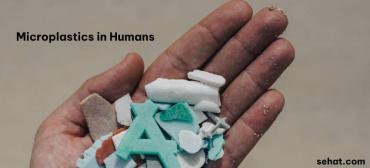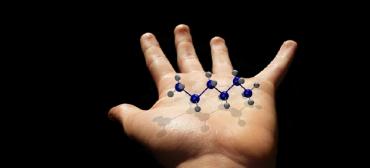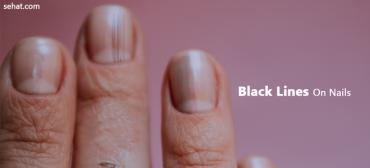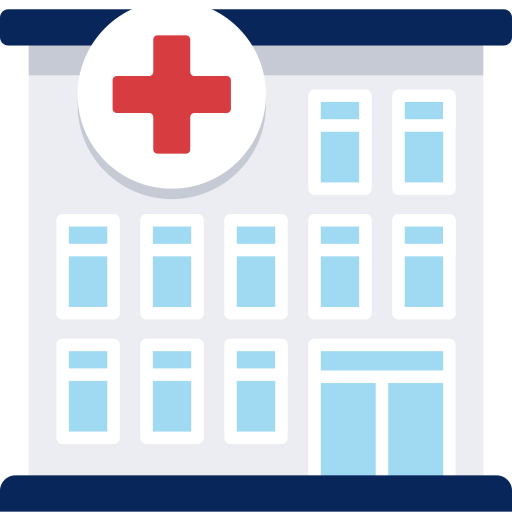Cuts and Wounds of the Mouth and Lips
Children often get minor cuts, wounds, and lacerations to the mouth and lips while playing, climbing, or during sports activities. Most of these injuries can be handled at home with simple first-aid treatment. The gums, tongue, and lips have a rich blood supply and when cuts occur, these areas may bleed excessively.
First-aid for superficial cuts and wounds
-
Calm your child and let him or her know you can help.
-
Apply pressure with a clean cloth or bandage for several minutes to stop bleeding.
-
Wash your hands well.
-
If the wound is on the lips or outside area of the mouth, wash it well with soap and water, but do not scrub the wound. Remove any dirt particles from the area and let the water from the faucet run over it for several minutes. A dirty cut or scrape that is not well cleaned can cause scarring.
-
Apply an antiseptic lotion or cream.
-
Give your child an ice pop or ice cube to suck on to help reduce bleeding and swelling.
-
Check the area each day and keep it clean and dry.
-
Avoid blowing on the wound, as this can cause germs to grow.
-
Use a sunscreen (sun protection factor, or SPF, at least 15 or greater) on healed cuts and wounds to help prevent scarring.
-
-
If the wound is inside the mouth, rinse the area well with cool water for several minutes. Remove any dirt particles from the area.
-
Give your child an ice pop or ice cube to suck on to help reduce bleeding and swelling.
-
Check the area each day and keep it clean.
-
-
Even small lacerations of the lips may cause a noticeable difference in the border or outline of the lips. These wounds may require stitches to keep the borders even and reduce the possibility of scars.
-
Bruises, blisters, or swelling on the lips caused by trauma may be treated by sucking on ice pops or ice cubes or by using a cold pack to the area every one to two hours for 10 to 15 minutes for the first 24 hours.
When should I call my child's doctor?
Specific treatment for cuts and wounds of the mouth that require more than minor treatment at home will be determined by your child's doctor. In general, call your child's doctor for cuts and wounds of the mouth that are:
-
Bleeding heavily and do not stop after 5 to10 minutes of direct pressure; If the bleeding is profuse, hold pressure for 5 to 10 minutes without stopping to look at the cut. If the cloth becomes soaked with blood, put a new cloth on top of the old one. Do not lift the original cloth.
-
Deep or longer than 1/2 inch
-
Large cuts on the face
-
Caused by a puncture wound or dirty or rusty object
-
Embedded with debris such as dirt, stones, or gravel
-
Ragged or have separated edges
-
Caused by an animal or human bite
-
Excessively painful or if you suspect a fracture or head or bone injury
-
Showing signs of infection such as increased warmth, redness, swelling, or drainage
Also call your child's doctor if:
-
Your child has not had a tetanus vaccination within the past five years, or if you are unsure when your child's last tetanus shot was given.
-
You are concerned about the wound or have any questions.
Preventing mouth injuries
The following are a few guidelines to use for preventing mouth injuries in children:
-
Teach your child never to walk or run while holding an object in his or her mouth.
-
Teach your child not to suck or chew on hard, sharp, or pointed objects, such as pencils.
-
Have your child wear a mouthguard for sports activities that could cause injury.
Related Questions
Lower protruding jaw surgery
- 3621 Days ago
- Dental Care
Dry mouth problem
- 3628 Days ago
- Dental Care
Dental sensitivity
- 3666 Days ago
- Dental Care
ORTHODONTICS
- 3773 Days ago
- Dental Care
Gum bleeding problem
- 4008 Days ago
- Dental Care
Tooth bridging
- 4046 Days ago
- Dental Care
tooth pain with swelling in the cheek
- 4027 Days ago
- Dental Care
Upper molar teeth is decaying
- 4616 Days ago
- Dental Care





















